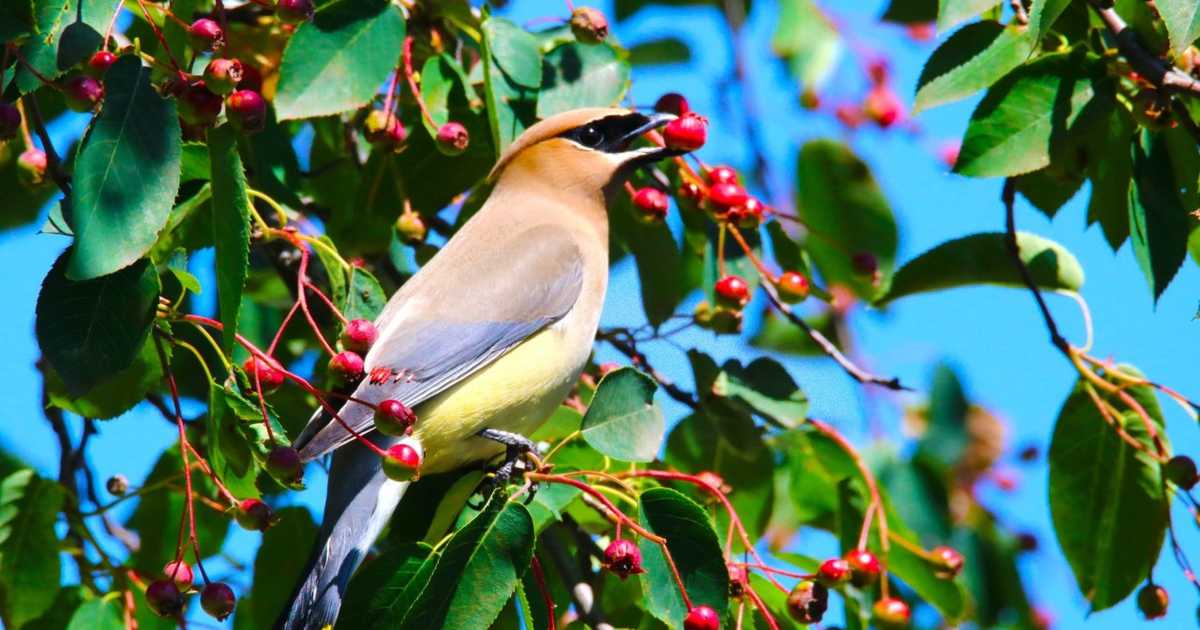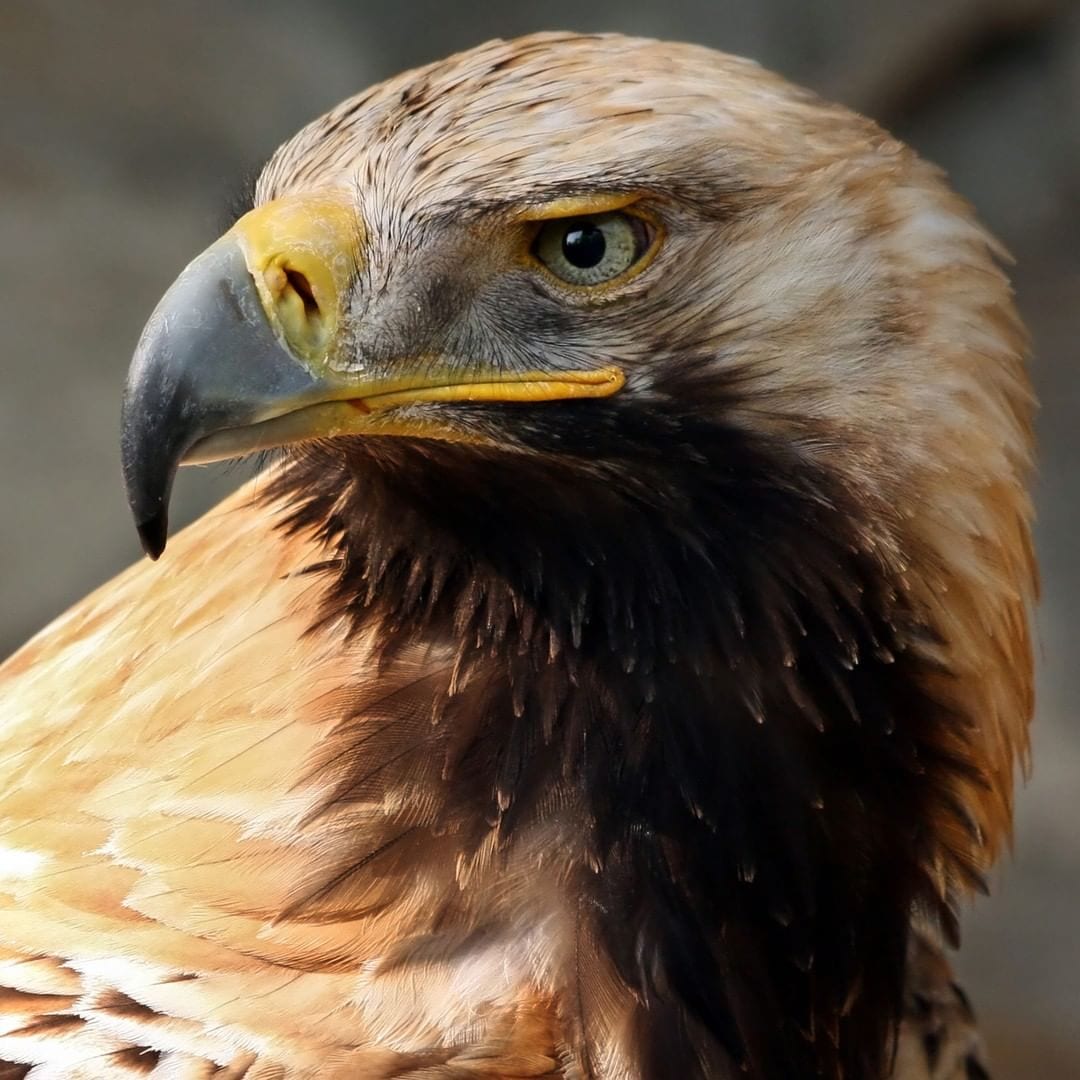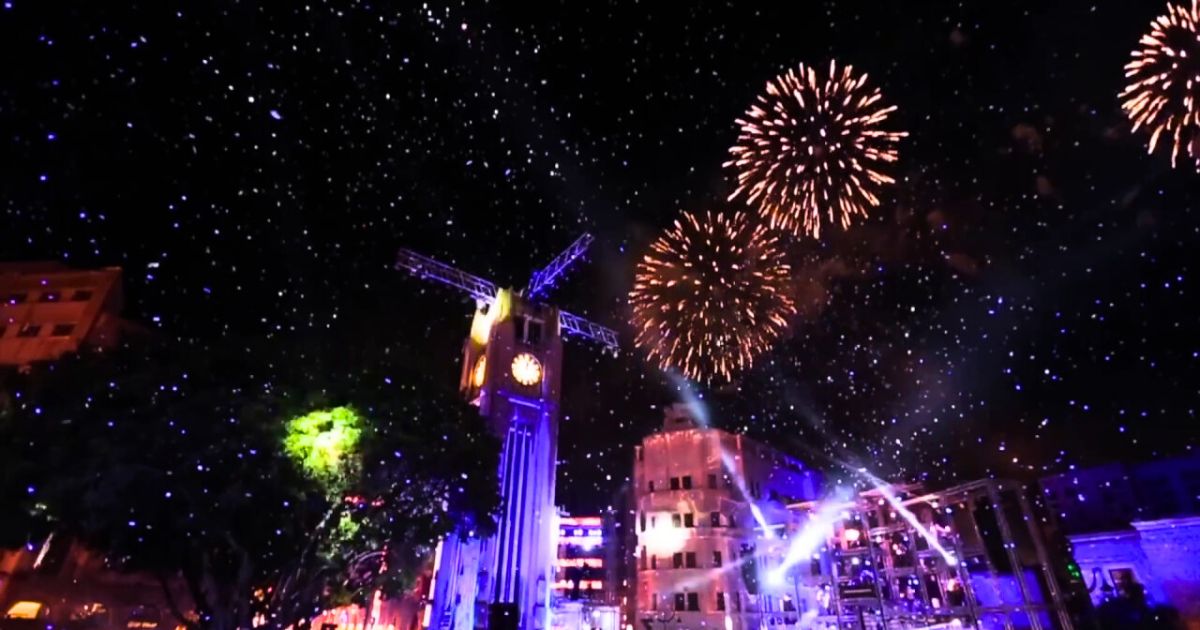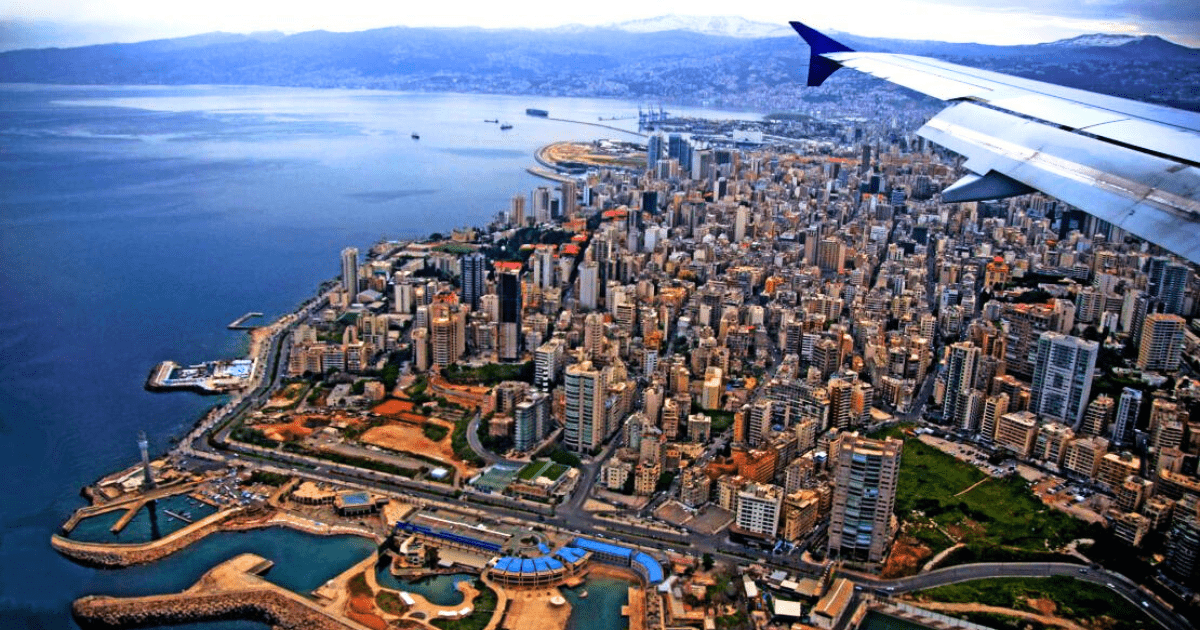Growing up in the city, I never got a chance to observe more than a small number of wild birds in their natural habitats, and seeing all the different varieties and colors of birds native to other countries on TV, I would wonder: Do such exotic beautiful birds occur somewhere else in Lebanon?
It was surprising for me to realize how many different bird families, most of which I had never heard of in Lebanon, thrive within our biosphere.
Spread across Lebanon’s scattered forests and vast green foliage, some of those birds are not permanent residents of Lebanon and only visit in their respective mating seasons in order to breed before they fly back to their homes, others only pass through Lebanon during their migration.
So the next time you go out hiking, keep a keen eye for these hard-to-find birds, which are so rare you probably didn’t know existed in Lebanon; who knows, maybe you’ll spot a Flamingo somewhere on your way:
#1 Lanner Falcon, a large and powerful breed
Often hunts pigeons, this large (Wingspan: 95–105 cm) and powerful falcon breeds on high mountainous cliffs in desert, semi-desert, and Mediterranean climates. It has mostly been recorded to reside in green areas stretching between Jounieh, Aley, and Bakka. In winter, it often descends to plains and steppes.
#2 Glossy Ibis, in mountainous regions
With a wingspan of 80–105 cm, this gregarious, beautiful Ibis is characterized by its long, curved bill, varied reddish and greenish tones, and dark eyes.
Like the Lanner Falcon, this rare bird lives in mostly mountainous regions and eats larvae, leeches, snails, crabs, frogs, and small fish. The Glossy Ibis can be found in the far western areas of Lebanon, like Bakka, Deir Mimas, and Arnoun.
#3 White-throated Kingfisher, in wooded areas
Also known as the white-breasted kingfisher (Length: 27.5-29.5 cm), this colorful tree kingfisher feeds on fish, lizards, insects, and some small amphibians.
It generally resides in wooded areas near open grass patches, water-bodies, canals, rivers, and mangroves, and has been reported in the lands surrounding Bchamoun and Antelias, as well as in some western villages.
#4 Imperial Eagle, with a typical wingspan of 1.76m to 2.16m
Eastern Imperial Eagles are classified as “vulnerable” on the IUCN Red List and have an estimated global population of only 3,500-15,000.
Uncommon, and breeding in forested areas intermixed with steppes and agricultural areas, these majestic birds of prey are only found in Lebanon during their migration to other parts of the world. The Imperial Eagle has a typical wingspan of 1.76 to 2.16 m.
#5 Barn Owl, with a wingspan of 110 cm

![]() @trevor.partridge56embedded via
@trevor.partridge56embedded via
This owl’s wonderful heart-shaped white facial disc hides a call that is a bone-chilling rising shriek. In addition to the latter, the Barn Owl’s very white appearance in headlights at night makes it a scary sight after the sun is down.
The nocturnal bird’s diet consists of small mammals, particularly rats, mice, voles, lemmings, and other rodents; also shrews, bats, and rabbits. Reports show that Barn Owls have been sighted in lands on the southern, and southwestern borders of Lebanon.
#6 Rose-ringed parakeet, the vibrant socialite
Also referred to as Ring-necked Parakeet, this vibrantly bright green bird nests in cavities, including holes in buildings, and is frequently found in woodland, parks, gardens, where it mainly rests and feeds atop trees.
Like other parakeets, it is noisy and social and often appears in groups. Few have been spotted in Lebanon, some in the areas surrounding Ras El Matn and Hammana.
#7 Little Egret, in wetlands
This snow-white heron occurs as singles or small loose groups, and is fairly common in a wide variety of wetlands, at lakes, and along rivers — almost anywhere with small fish.
Their diet is varied and consists mainly of fish, and occasionally of amphibians, small reptiles, mammals, and birds as well as crustaceans, mollusks, insects, spiders, and worms. These birds have been spotted in many locations across Lebanon.
#8 Greater Flamingo, in mudflats and shallow coastal lagoons
One of the most recognized birds in the world, the flamingo is famous for its long, “coat hanger” neck, big kinked bill, very long pinkish legs, and pinkish-white plumage.
Fairly uncommon to find in Lebanon, the Greater Flamingo mostly resides in mudflats and shallow coastal lagoons with salt-water. The bird stirs up the mud using its feet and then sucks water through its bill and filters out small shrimp, seeds, and microscopic organisms.
Birds are all around us, they look and sound beautiful, and play a very important role in their habitats; and Lebanon is a very important place for birds as well because so many different species visit Lebanon annually for breeding and/or migration purposes.
For that, it is our duty towards them to preserve their homes and ecosystems and allow them to thrive in them as they should.

























